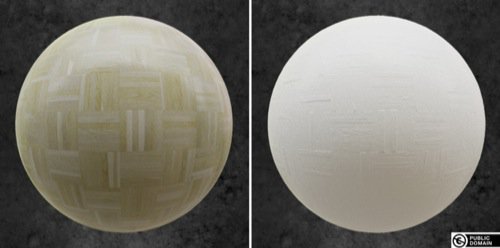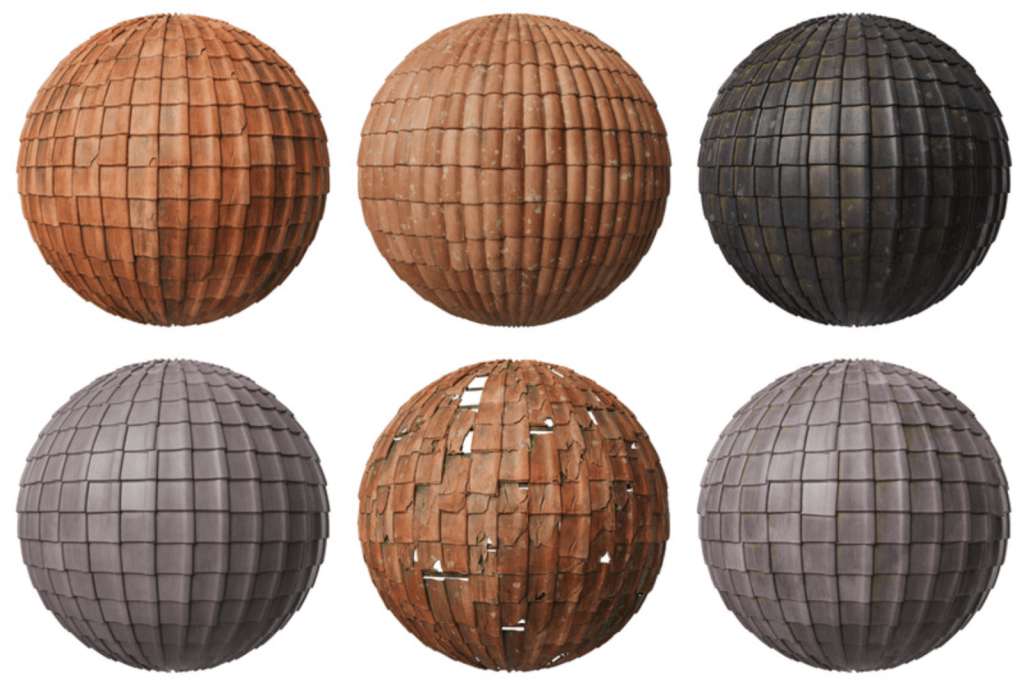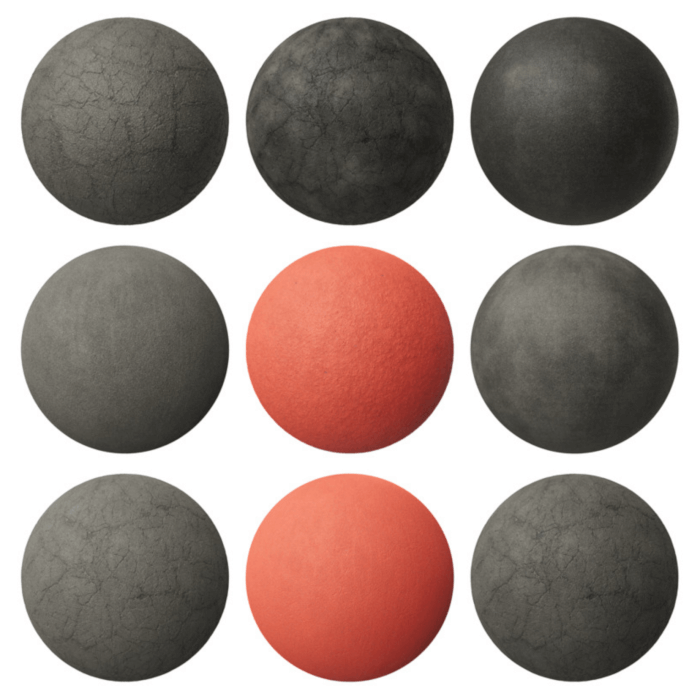
Update: The Struffel productions site is offline. Get the new link here.
What are the best characteristics of a texture for architecture visualization? A great texture would have an excellent resolution to match an equally high-resolution render. Have multiple maps to create PBR materials and be seamless. For many artists having seamless textures for architecture is an incredible advantage.
That type of texture gives you the flexibility of a tileable image that can cover large surfaces, which could help a lot in both traditional and real-time renders for architecture.
Seamless textures for architecture
Do you want to download an incredible collection of seamless textures for architecture, with a creative commons zero licenses? You will find exactly that kind of resource in the Struffel productions web site. The project is an initiative by German artist Lennart Demes.

They have a fantastic collection of textures that can create PBR materials for architecture. Since they can create PBR materials, you will find maps for diffuse, normals, roughness, and displacement.
What about resolution? Most of the seamless textures for architecture are available in both 2k and 5k resolutions. But, you will find some of them in the incredible 10k resolution.
The author doesn't explicitly states that those textures have an aim for architectural visualization. But, most of the surfaces and resources are among the most common types of materials we use.
For instance, here is a list of some of the seamless textures for the architecture you will find:
- Wood floor textures
- Paving stones textures
- Parquet textures
- Brick wall textures
- Asphalt textures
You will even find a section for fabric textures that will help a lot on modeling and visualization of furniture models.
What is a creative commons zero license? That means all textures are in public domain! You can use them with no restrictions or obligations to mention the author. But, it would be nice to give credits.




